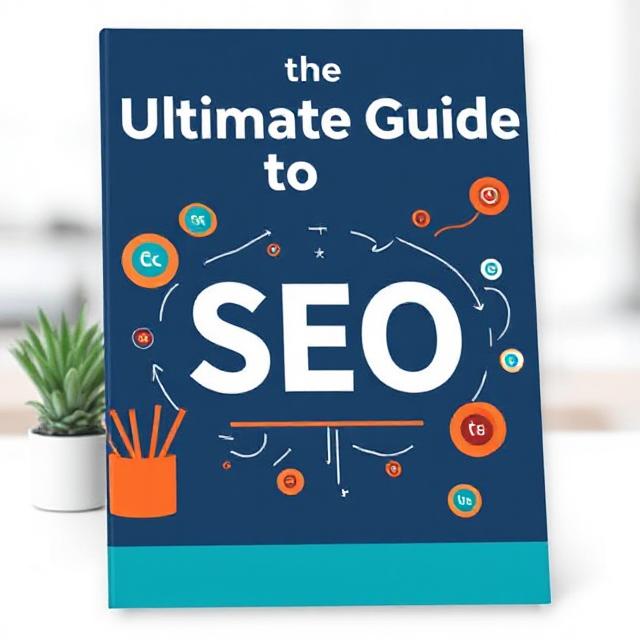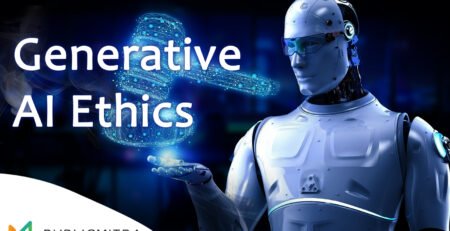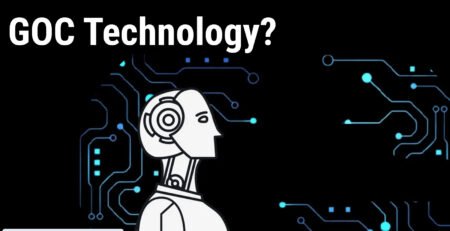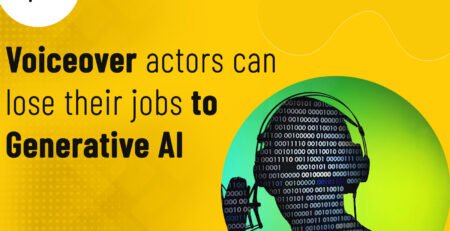The Ultimate Guide to SEO in 2025: Mastering On-Page, Off-Page, Technical & Local SEO
1. What is SEO?
SEO (Search Engine Optimization) is the art and science of improving a website’s visibility on search engines like Google, Bing, and Yahoo. It involves optimizing your website’s content, structure, and performance to rank higher in organic (non-paid) search results.
The goal of SEO is simple — get found by the right audience at the right time.
Why SEO Matters in 2025
- Over 90% of online experiences start with a search engine.
- Google processes 8.5 billion searches per day.
- Businesses investing in SEO get higher ROI than paid advertising in the long term.
Core Components of SEO
- On-Page SEO – optimizing content & HTML tags
- Off-Page SEO – building authority through backlinks
- Technical SEO – improving site performance, indexing, crawlability
- Local SEO – optimizing for regional visibility
- Emerging Dimensions – GEO, AEO, AIO (new-age AI-driven SEO layers)
SEO isn’t just about keywords anymore — it’s about user intent, experience, and AI-driven search optimization.
2. Types of SEO
There are four main types of SEO, each focusing on different aspects of website optimization.
| SEO Type | Focus Area | Example Activities |
|---|---|---|
| On-Page SEO | Content & HTML optimization | Keywords, meta tags, headings |
| Off-Page SEO | Authority building | Backlinks, mentions, PR |
| Technical SEO | Site infrastructure | Speed, indexing, mobile optimization |
| Local SEO | Regional discoverability | Google My Business, NAP consistency |
Together, these create a complete SEO ecosystem for visibility and trust.
3. What is On-Page SEO?
On-Page SEO refers to optimizing individual web pages to improve their ranking and relevance for specific keywords.
Key On-Page SEO Elements
- Title Tags – Include the primary keyword near the start.
- Meta Description – Summarize the page’s value in <160 characters.
- Headings (H1–H6) – Use clear, hierarchical structure.
- URL Structure – Short, keyword-rich, and readable (e.g.,
/what-is-seo). - Internal Linking – Connect related pages within your site.
- Content Optimization – Use relevant keywords naturally.
- Image Alt Text – Describe images for accessibility & SEO.
- Schema Markup – Helps Google understand your content.
- User Experience (UX) – Easy navigation, fast load, mobile-friendly.
Example:
Instead of writing
“Learn SEO”
Write:
“Learn SEO in 2025 – The Ultimate Guide to On-Page Optimization”
It signals relevance and freshness, improving click-through rates.
4. What is Off-Page SEO?
Off-Page SEO focuses on actions taken outside your website to impact your rankings — primarily through authority, credibility, and trust signals.
Core Elements of Off-Page SEO
- Backlinks (Inbound Links) – Links from other reputable websites.
- Brand Mentions – Even without a link, mentions matter for E-E-A-T.
- Social Media Engagement – Shares, likes, and discussions add trust signals.
- Influencer Collaborations – Authority through partnerships.
- Guest Blogging – Posting on external sites with backlinking to your domain.
E-E-A-T Framework (Google’s trust model)
- Experience
- Expertise
- Authoritativeness
- Trustworthiness
Building genuine, quality backlinks from trusted domains is still one of the strongest ranking factors in 2025.
5. What is Technical SEO?
Technical SEO ensures search engines can crawl, interpret, and index your website efficiently.
Key Technical SEO Elements
- Site Speed – Optimize for fast load times (<3 seconds).
- Mobile Optimization – Responsive design for all devices.
- Secure Sockets Layer (SSL) – HTTPS is a ranking factor.
- XML Sitemap – Guides Google’s crawlers through your site.
- Robots.txt File – Controls what search engines can index.
- Canonical URLs – Prevent duplicate content issues.
- Core Web Vitals – Measure user experience (LCP, FID, CLS).
- Structured Data (Schema) – Enhances rich snippets.
Tools for Technical SEO
- Google Search Console
- Screaming Frog SEO Spider
- Ahrefs Site Audit
- Semrush Technical Audit
6. What is Local SEO?
Local SEO helps businesses rank in local search results and Google Maps — ideal for stores, restaurants, and service providers.
Local SEO Ranking Factors
- Google Business Profile (GBP) – Claim and optimize it fully.
- NAP Consistency – Name, Address, Phone should match everywhere.
- Local Reviews & Ratings – Encourage and manage feedback.
- Local Backlinks – Partner with nearby organizations and directories.
- Location Pages – Dedicated landing pages for each location.
Example Search Queries
- “Best coffee shop near me”
- “Plumber in Chennai”
- “Affordable dentist in Bangalore”
Local SEO makes you visible to nearby customers ready to buy.
7. On-Page SEO Checklist
| Element | Action Item | Tool |
|---|---|---|
| Title Tag | Include focus keyword | Yoast SEO / RankMath |
| Meta Description | <160 characters, CTA included | SerpSim |
| Headings | H1 once, H2–H6 logically | Screaming Frog |
| Keyword Placement | Natural in first 100 words | SurferSEO |
| URL | Short & clean | Ahrefs |
| Internal Links | 3–5 relevant links | LinkWhisper |
| Images | Compressed + alt text | TinyPNG |
| Schema | Add FAQ, Article, or Product schema | Schema.org |
8. Off-Page SEO Checklist
| Strategy | Goal | Tools |
|---|---|---|
| Backlink Building | Get 10+ high DA links/month | Ahrefs / Semrush |
| Guest Posting | Build authority | BuzzStream |
| Social Media Promotion | Increase visibility | Buffer |
| Brand Mentions | Strengthen E-E-A-T | Google Alerts |
| PR Outreach | Media mentions | HARO |
Always prioritize quality over quantity in link building.
9. Technical SEO Checklist
| Area | Optimization | Tool |
|---|---|---|
| Site Speed | <3 seconds load time | Google PageSpeed Insights |
| Mobile Usability | Fully responsive | Search Console |
| Sitemap | XML submitted | RankMath |
| Robots.txt | Properly configured | Screaming Frog |
| HTTPS | Secure SSL | Hosting provider |
| Core Web Vitals | Pass LCP, CLS, FID | Chrome DevTools |
10. Local SEO Checklist
| Task | Description | Tool |
|---|---|---|
| Google Business Profile | Claim & optimize listing | Google Business |
| NAP Consistency | Uniform across directories | BrightLocal |
| Reviews | Encourage customer reviews | Trustpilot |
| Local Content | Add city-based blogs | WordPress |
| Local Backlinks | Partner with local orgs | Moz Local |
11. GEO vs SEO
What is GEO (Generative Engine Optimization)?
GEO focuses on optimizing content for AI-driven search engines like Google’s AI Overviews, ChatGPT, and Perplexity.
While SEO targets traditional SERPs (Search Engine Results Pages),
GEO ensures your content is visible in AI-generated summaries.
| Aspect | SEO | GEO |
|---|---|---|
| Focus | Keywords & backlinks | Context & factual consistency |
| Ranking Source | Webpages | AI-generated overviews |
| Goal | SERP visibility | AI inclusion |
| Optimization | Meta, schema, content | Data accuracy, citations, structured context |
In 2025, mastering both SEO and GEO is critical for AI-first visibility.
12. AEO vs SEO
AEO (Answer Engine Optimization) aims to make your content directly answer user queries in voice search and featured snippets.
| Aspect | SEO | AEO |
|---|---|---|
| Objective | Page ranking | Direct answers |
| Example | “Best smartphones 2025” | “Which smartphone has the best camera?” |
| Optimization | Keywords | Conversational queries, FAQs |
AEO requires structured, concise, and human-like answers, perfect for voice assistants like Siri, Alexa, and Google Assistant.
13. AIO vs SEO
AIO (Artificial Intelligence Optimization) involves optimizing for AI algorithms that curate content — like Google Gemini, OpenAI GPT, and Perplexity AI.
| SEO | AIO |
|---|---|
| Optimizes for Google ranking | Optimizes for AI-driven recommendations |
| Keyword-based | Semantic and factual |
| Uses backlinks | Uses credibility and citations |
AIO is the future layer where AI models prefer credible, context-rich, semantically accurate content.
14. SEO Dashboard
An SEO Dashboard helps you track performance metrics, visualize trends, and measure progress.
Core SEO Metrics
- Organic Traffic – Users arriving via search engines.
- Keyword Rankings – Positions of target keywords.
- CTR (Click-Through Rate) – From impressions to clicks.
- Bounce Rate – How long users stay.
- Backlink Profile – Domain authority & referring domains.
- Conversion Rate – SEO to sales effectiveness.
Tools for SEO Dashboards
- Google Looker Studio (Data Studio)
- Ahrefs Dashboard
- Semrush Projects
- Moz Pro Analytics
Pro Tip:
Set up a Looker Studio dashboard connecting Search Console, Analytics, and Semrush for real-time tracking.
15. SEO Extensions
Top SEO Chrome Extensions for 2025
- SEO Minion – Analyze on-page SEO.
- Keywords Everywhere – Keyword volume & CPC.
- MozBar – Domain authority & page authority.
- Ahrefs Toolbar – Backlink metrics.
- Check My Links – Detect broken links.
- SEOquake – In-depth SERP analysis.
- Google Lighthouse – Page performance metrics.
These tools make daily SEO optimization faster, especially for marketers and freelancers.
16. Keyword Research
Keyword research is the foundation of every SEO campaign. It’s about understanding what your audience is searching for and optimizing content around those terms.
Steps in Keyword Research
- Brainstorm Topics – Based on your niche (e.g., “healthy recipes,” “cloud computing”).
- Use Tools
- Google Keyword Planner
- Ahrefs
- Semrush
- Ubersuggest
- Analyze Search Intent
- Informational: “What is SEO?”
- Navigational: “SEO dashboard login”
- Transactional: “Buy SEO tools”
- Evaluate Keyword Metrics
- Volume
- Difficulty
- CPC
- SERP Features
- Use Long-Tail Keywords
Example: Instead of “SEO,” target “best SEO strategy for startups 2025.”
Pro Tip:
Combine primary + LSI + contextual keywords naturally in headings, FAQs, and image tags for maximum semantic coverage.
Conclusion: The Evolution of SEO in 2025 and Beyond
SEO has transformed from simple keyword ranking into a multi-dimensional ecosystem driven by AI, data, and human intent.
In 2025 and beyond, success in SEO means mastering:
- On-Page precision (content, tags, experience)
- Off-Page authority (links, mentions, trust)
- Technical accuracy (speed, structure, schema)
- Local presence (relevance, reviews, visibility)
- AI integration (GEO, AEO, AIO)
As AI-powered search engines evolve, the future of SEO lies in optimizing not just for algorithms but for human meaning and machine understanding — a balance that will define digital leadership in this decade.












